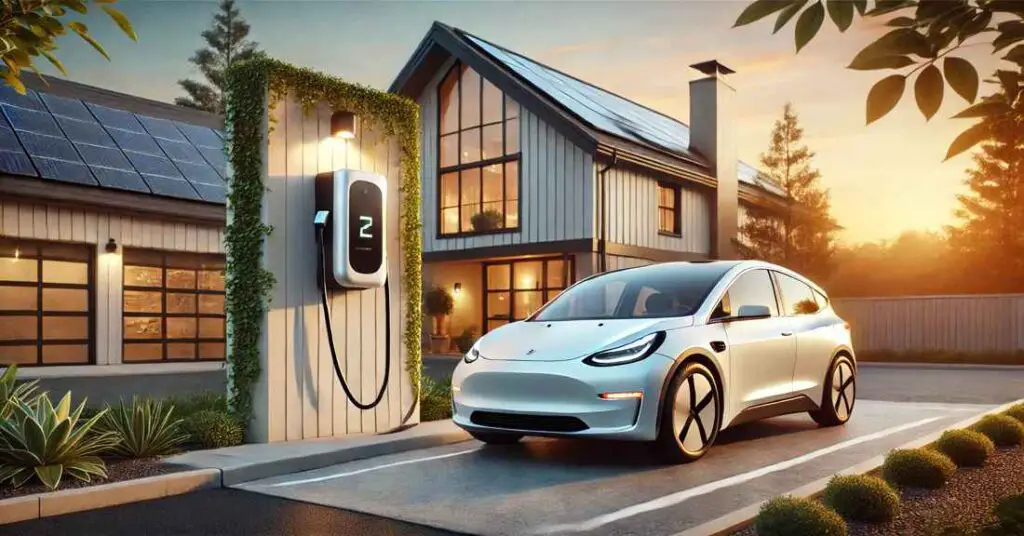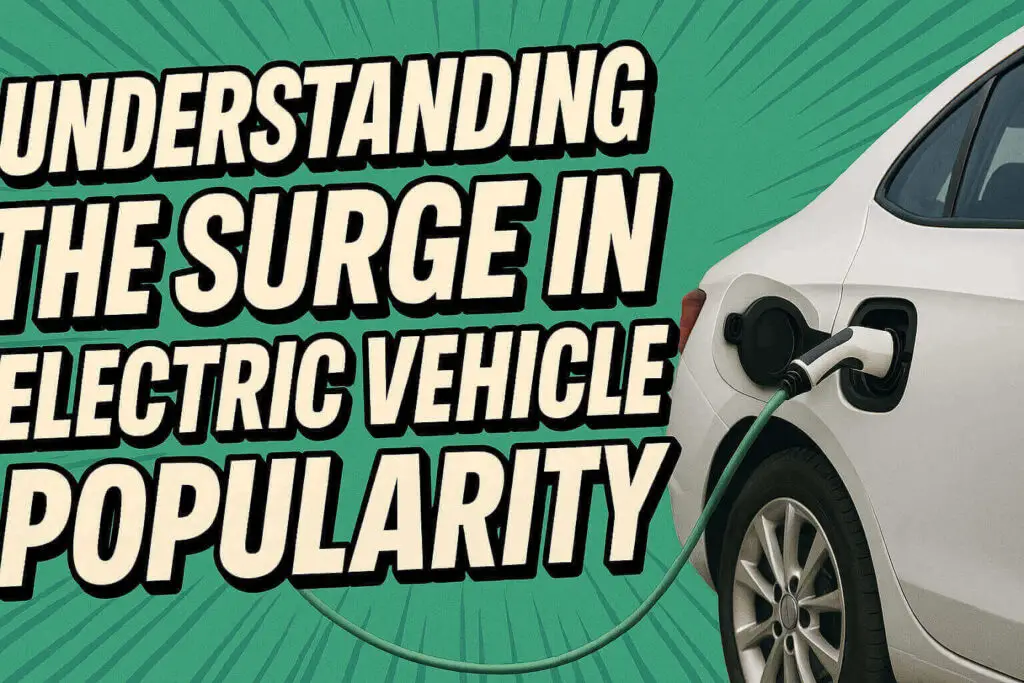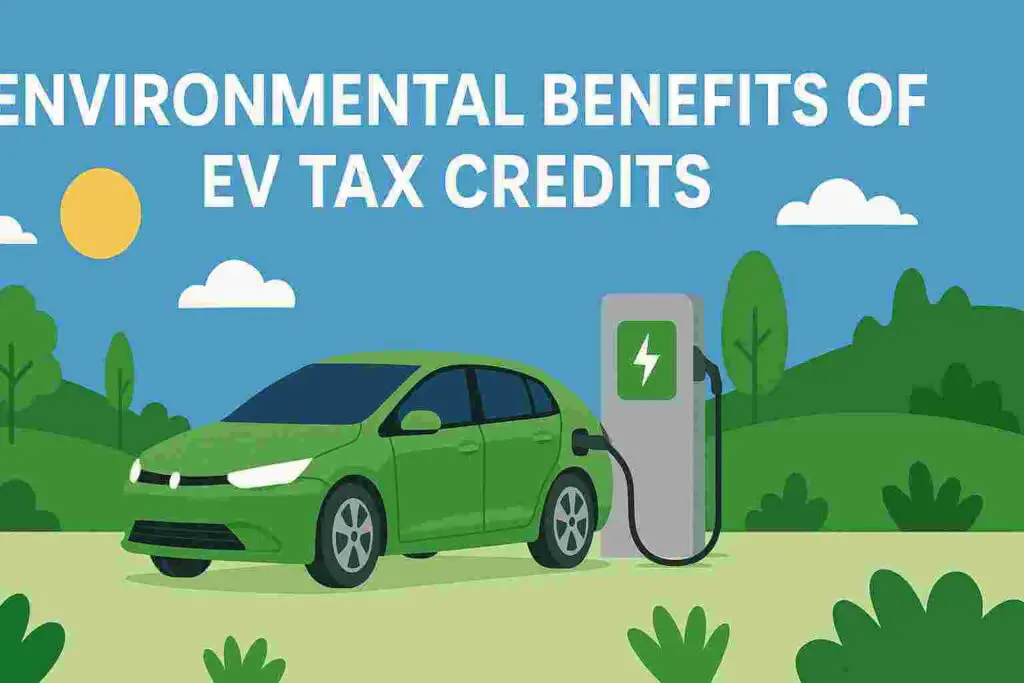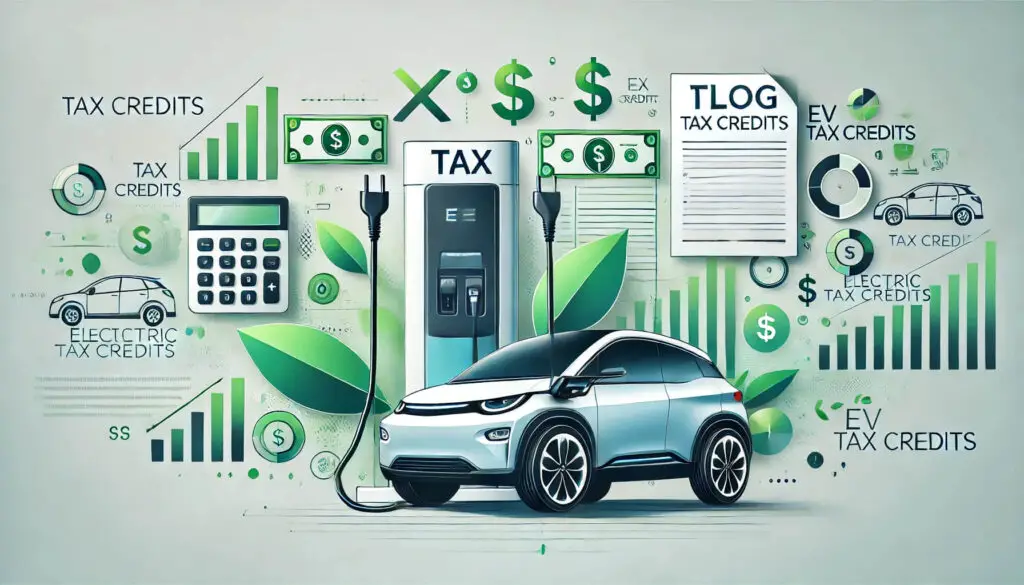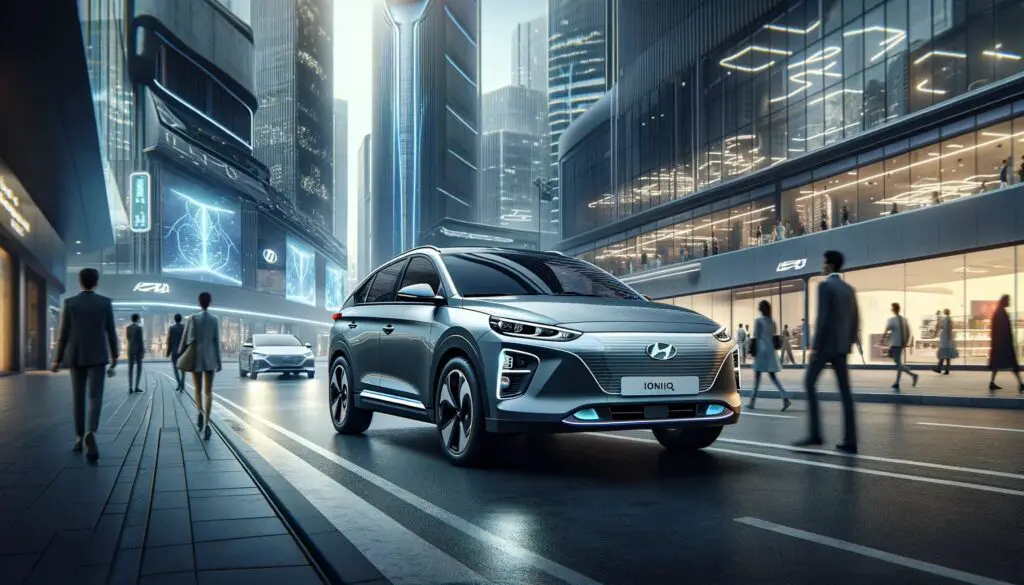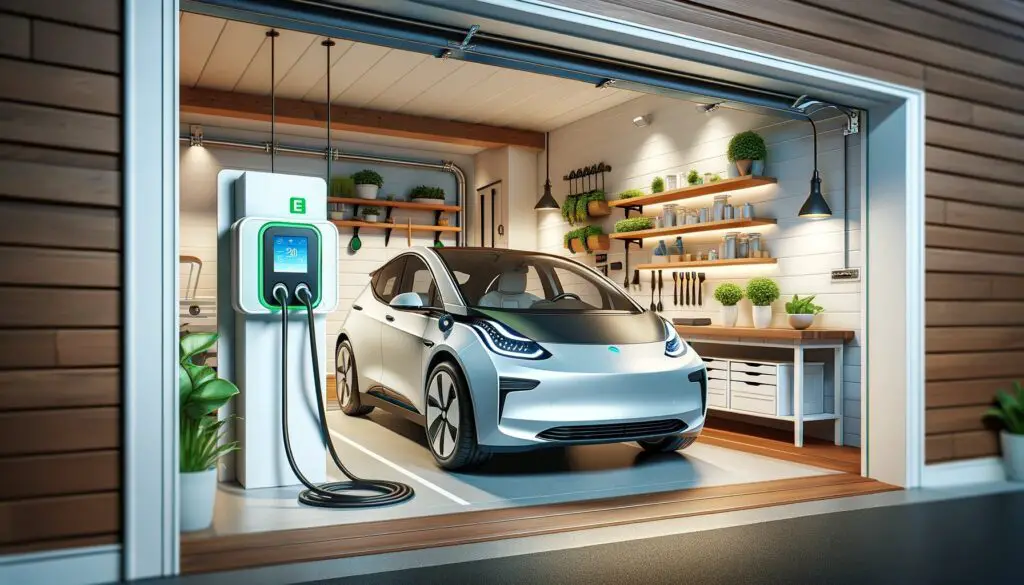In the ever-evolving landscape of the automotive industry, Kia’s decision to revive the Ray EV stands as a pivotal moment. As South Korea’s first all-electric production car, the Ray EV holds historical significance and a promise of a greener future. In this comprehensive article, we delve into the journey of the Ray EV, from its initial introduction to its discontinuation and triumphant revival, showcasing the technical marvels and strategic decisions that have shaped its evolution.
Kia’s revival of the Ray EV has set the stage for a remarkable transformation in the electric car market. By bringing back this iconic vehicle, Kia not only pays homage to its pioneering electric car but also reinforces its commitment to meeting the rising demand for affordable electric transportation solutions.
Historical Context: The First Ray EV
Back in December 2011, Kia introduced the world to the Ray EV, marking a significant milestone in the automotive history of South Korea. This model stood out not only for its electric powertrain but also for its role as the nation’s first-ever fully electric production car. A notable comparison could be drawn between the Ray EV and its conventional gas-powered counterpart, the Ray CUV, highlighting the groundbreaking shift in Kia’s approach to sustainable mobility.
Technical Specifications of the First Ray EV
The original Ray EV was equipped with a 50 kW electric motor, accompanied by a 16.4 kWh lithium-ion battery. With an initial range of 86 miles (139 km), the Ray EV proved itself to be a suitable choice for city commuters. Its high torque ensured impressive acceleration capabilities, contributing to a seamless driving experience in urban environments.
Charging and Convenience Features
One of the standout features of the Ray EV was its fast-charging capabilities. It could be charged up to 80% capacity in just 25 minutes, a remarkable feat at its time. For longer charging sessions, a 220V charger could replenish the battery in approximately six hours. The inclusion of an EV-specific navigation system simplified the task of locating nearby charging stations, making the Ray EV an urban explorer’s dream. Additionally, the distinctive instrument cluster provided real-time updates on battery status and recharge distance, enhancing the overall convenience for drivers.
Challenges and Discontinuation
However, despite its innovation, the Ray EV encountered challenges that hindered its widespread adoption. The lack of a comprehensive charging infrastructure and its limited range posed practical difficulties for potential buyers. In 2018, Kia made the difficult decision to discontinue the Ray EV, a move that was met with disappointment by electric car enthusiasts.
The Resurrection: Kia’s New Ray EV
Fast forward to the present day, Kia’s revival of the Ray EV is nothing short of a triumphant return. With an increased range of 130 miles (210 km) and a more robust 63.3 kW electric motor, the new Ray EV addresses the limitations of its predecessor head-on. The larger 35.2 kWh battery, almost doubling cell capacity, ensures that drivers can embark on longer journeys with confidence.
Enhanced Features and Performance
Kia’s commitment to optimizing driving performance for city commuting is evident in the new Ray EV. Its spacious interior is a customer-focused improvement, enhancing comfort and convenience during daily commutes. A Kia official aptly notes, “The new Ray EV encapsulates Kia’s dedication to providing sustainable and customer-centric mobility solutions.”
Diversification: Single-Seater Van Version
Not content with a single offering, Kia has set its sights on diversification with the introduction of a single-seater van version of the Ray EV. Targeting small business owners and the self-employed, this variant caters to those seeking efficient and agile transportation solutions for their professional needs.
Industry Impact: Revitalizing the Minicar Segment
The global demand for small electric cars has paved the way for the new Ray EV to make a substantial impact. Its revitalization of South Korea’s minicar segment is poised to provide a fresh impetus to the electric car market. As a compact and affordable option, the Ray EV resonates with environmentally conscious consumers seeking both practicality and sustainability.
Potential Upscaling and Market Considerations
The suggestion of upscaling the Ray EV to cater to broader markets is a topic of intrigue. An “upscaled” version tailored to specific market preferences could potentially tap into new customer bases. This expansion, however, brings along both possibilities and challenges that Kia must carefully evaluate.
Frequently Asked Questions (FAQs)
- Why did Kia discontinue the original Ray EV?
- The discontinuation was attributed to challenges such as the limited charging infrastructure and range, which hindered its practicality for consumers.
- What improvements does the new Ray EV offer over its predecessor?
- The new Ray EV boasts an increased range, a more powerful electric motor, and a larger battery, addressing the limitations of the original model.
- How does the new Ray EV cater to customers’ needs?
- With enhanced range, performance, and interior space, the new Ray EV provides a practical and comfortable driving experience for urban commuters.
- What is the significance of the pillarless side door in the new model?
- The pillarless side door enhances accessibility and facilitates easy entry and exit for passengers, adding a touch of innovation to the vehicle’s design.
- Will the larger battery affect the charging time of the new Ray EV?
- While the larger battery requires longer charging times, the improved range and overall performance more than compensate for this slight trade-off.
- How does the new Ray EV contribute to the electric car market in Korea?
- The new Ray EV’s affordability and practicality position it as a catalyst for the growth of the electric car market in Korea.
- What factors contribute to the growing demand for minicars?
- Factors such as urbanization, congestion, and a heightened focus on environmental sustainability have fueled the demand for compact electric vehicles like the Ray EV.
- How might the single-seater van version of the Ray EV benefit small businesses?
- The single-seater van version offers small business owners and self-employed individuals an efficient and maneuverable vehicle for their professional needs.
- Could an upscaled version of the Ray EV be successful in other markets?
- The success of an upscaled version would depend on market preferences, infrastructure readiness, and the alignment of the vehicle’s features with local demands.
Conclusion
In the grand narrative of the automotive industry’s transition to sustainability, Kia’s revival of the Ray EV shines as a beacon of innovation and progress. The advancements in the new model, coupled with Kia’s strategic decision-making, have not only addressed the challenges of the past but have also positioned the Ray EV as a versatile solution for diverse markets and customer needs. As we celebrate this revival, we witness the fusion of history, technology, and a greener future, all encapsulated within the remarkable journey of the Ray EV.



